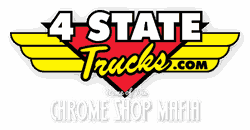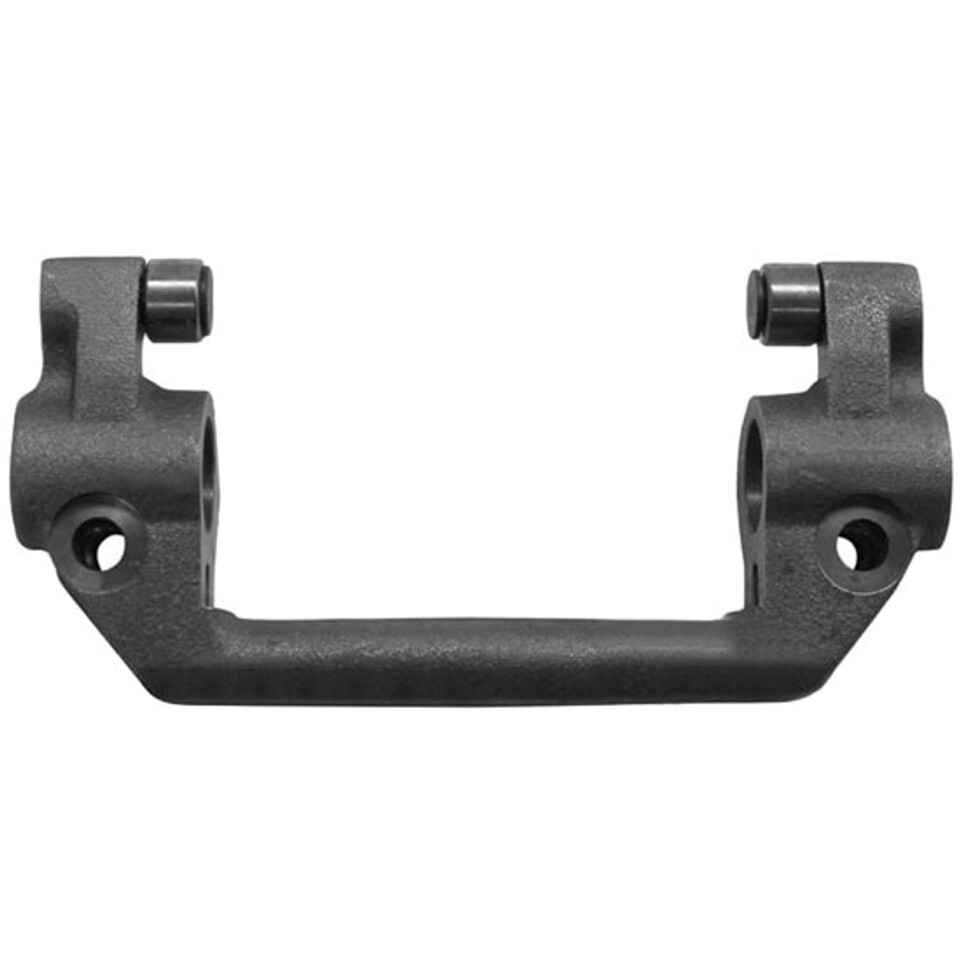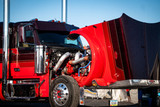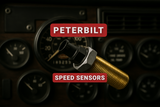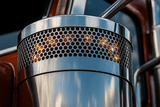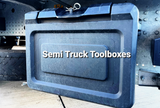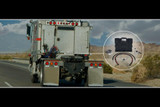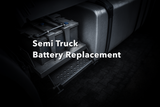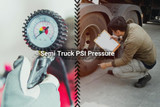Peterbilt Clutch Parts: A No-Nonsense Guide for Owner-Operators
Your Peterbilt clutch is a small, but critical part that connects the engine power to the transmission.
Without it working right, you'll have trouble stopping, idling, or shifting. Although most new Peterbilt models don't operate on a clutch - a lot of older models do.
Peterbilt Models: 379, 389, 589, 567, 579.
And if you're looking for tips on replacing clutch parts or learn more about what they do, this post is for you.
Here’s What a Semi Truck Clutch Does
By pressing the foot pedal, it releases clamping force so you can stop, idle, or shift.
In most heavy duty, commercial Class 8 setups, that’s a big twin-disc clutch with a release bearing, clutch brake, linkage, and a fork that does the pushing. AMT trucks still have a clutch inside but no pedal.
This article focuses on pedal-equipped Peterbilt setups.
The pedal-side parts (and why they matter)
1) Clutch Pedal
Job: Transfers your foot force into the clutch linkage.
Why you care: Pedal feel tells you a lot—free play, height, and engagement point all indicate wear or need of adjustment.
What to check:
- Free play at top of pedal travel.
- Smooth return (no binding).
- Pedal bushings not sloppy.
- Pedal return spring intact (more below).
Upgrade/replace cues: Whacky pedal height, side-to-side slop, or a pedal that doesn’t return cleanly. Bushings and the return spring are cheap insurance during a clutch job.
2) Clutch Rod (Linkage Rod)
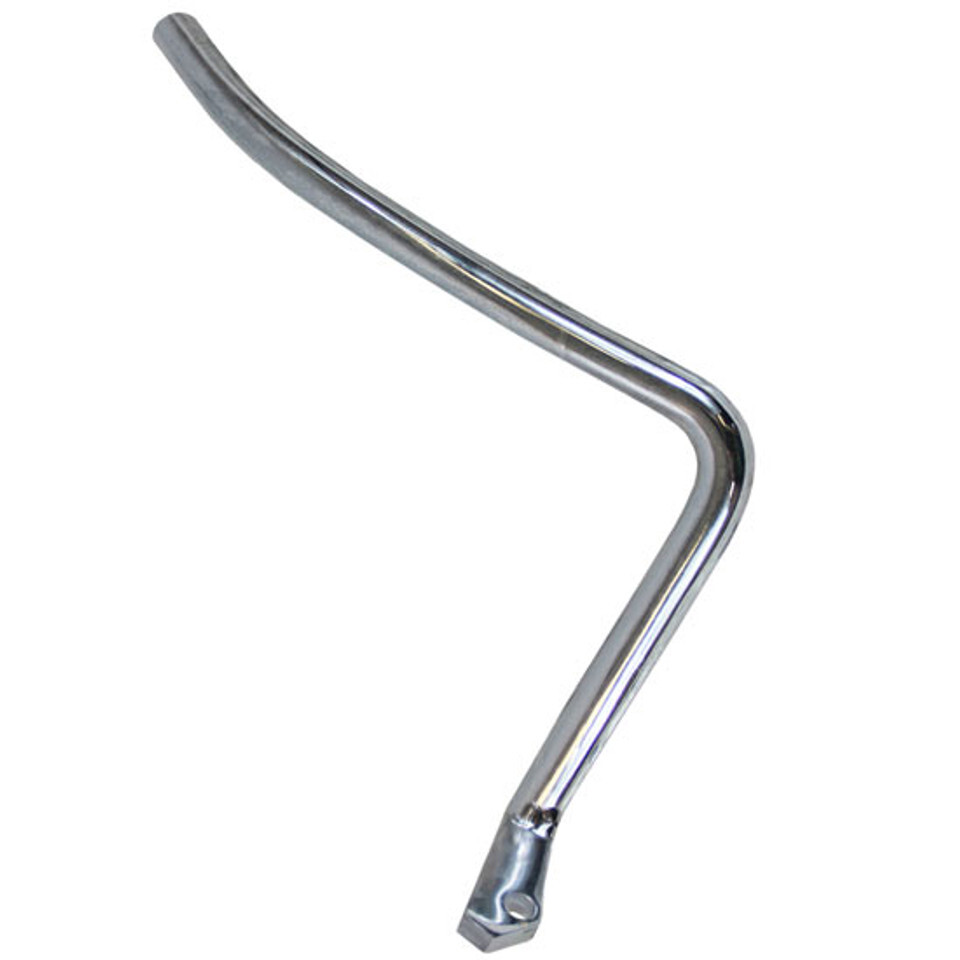
Job: Connects the pedal to the clutch release mechanism in order to disengage the engine from the transmission.
Why you care: Length and adjustability set your release bearing position and pedal free play.
Symptoms that you need adjustment or replacement: Inconsistent engagement, grinding into 1st at a stop, or the pedal feels “all or nothing.”
Popular aftermarket pick:
- BestFit Chrome Clutch Rod – adds corrosion resistance and looks sharp behind the kick panel. Adjustable to dial in spec.
https://www.4statetrucks.com/bestfit-chrome-clutch-rod-01-1511060
Buying tips:
- Match year/model linkage style.
- Confirm adjuster thread type and overall length range.
- Consider locking hardware to keep your setting.
3) Clutch Pedal Return Spring (often called an “extension” in some catalogs)
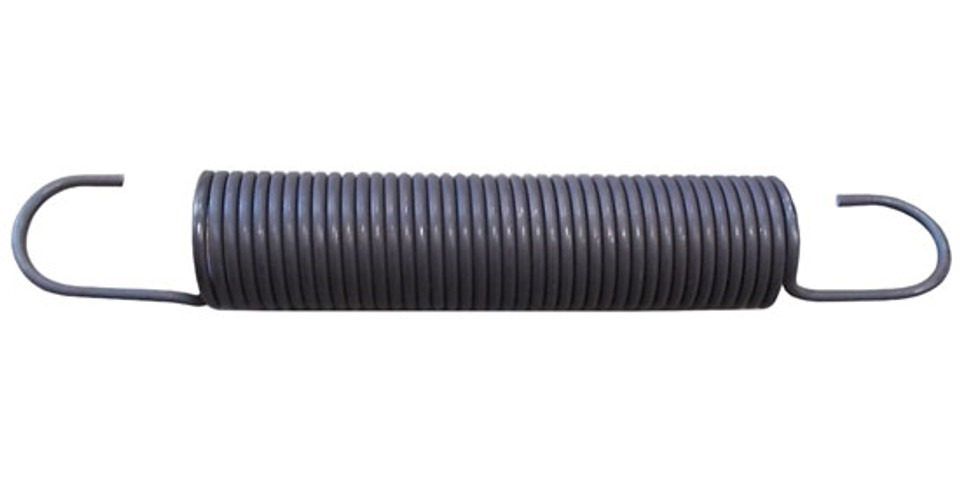
Job: Pulls the pedal back to the rest position and helps maintain consistent free play.
Why you care: A weak or broken spring makes the pedal slow, heavy, or inconsistent. That masks real clutch wear and can accelerate linkage wear.
Solid replacement:
- BestFit Clutch Pedal Spring, 14" – stout tension, simple swap.
https://www.4statetrucks.com/bestfit-clutch-pedal-spring-14-inch-01-0705005
Tech tip: Replace the spring any time you do a clutch replacement. Cheap part. Big difference in feel.
4) Clutch Fork (Release Fork / Yoke)
Job: Converts linkage motion into straight push or pull motion on the release (throwout) bearing. That bearing then releases the clutch.
Why you care: If the fork is worn at the contact pads, pivot, or roller, you’ll waste pedal travel. That kills release bearing life and messes up clutch-brake gap.
Buying tips:
- Match your transmission family (Eaton FR/RT/RTLO/Endurant, etc.).
- Confirm pivot/ball style and release bearing type (standard vs self-aligning).
- Inspect the pivot ball and clip—replace if pitted or loose.
Job: the clutch break stops the front box gearing so you can slide into 1st smoothly.
Why you care: If the fork is worn at the contact pads, pivot, or roller, you’ll waste pedal travel. That kills release bearing life and messes up clutch-brake gap.
How these parts work together (simple flow)
Foot on the pedal = system is disengaged.
Foot off the pedal = system is engaged (power is moving from engine to tranmission).
The clutch fork pulls the release bearing, which expands the diaphragm sprin. This expansion adds force on the pressure plate which squeezes the clutch disc firmly against the flywheel, causing friction.
This friction between the pressure plate, flywheel, and clutch disc makes all three parts rotate simultaneously, sending engine power to the transmission's input shaft.
Common Symptoms & Quick Diagnosis — Peterbilt Clutch
Fitment checklist for Peterbilt clutch work
Use this list before you order aftermarket parts for your commercial semi truck:
- Peterbilt model + year (e.g., 379/389/589, 567, 579).
- Transmission model (Eaton Fuller FR/RT/RTLO, etc.).
- Linkage type (mechanical vs hydraulic/air-assist).
- Fork type (roller vs solid) and pivot style.
- Rod length range and thread type.
- Pedal bushings and 14" return spring on your cart.
- If replacing the clutch too: diameter (often 15.5" for heavy duty applications), number of spline on input shaft, torque rating, manual vs self-adjust. It’s best to get an install kit with new clutch.
Installation notes that save time (and knuckles)
- Chock wheels. Disconnect batteries. Use a rated trans jack.
- Replace the return spring, pilot bearing, and clutch brake during a clutch job.
- Set correct release bearing to clutch-brake gap and pedal free play.
- Lube the fork pivot points and pedal bushings lightly.
- Re-check linkage adjustment after first 500–1,000 miles.
- Break-in: avoid abusive launches the first week. Heat kills new facings.
Frequently Asked Peterbilt Clutch Questions
Recent Posts
-
Preventative Maintenance Checklist for Semi Trucks
Every truck driver knows one thing: semi-truck repairs are a nightmare for the pocketbook. Sticking …30th Sep 2025 -
Semi Truck Buying Guide: Questions to Ask Before Investing in a Rig
Choosing to invest your hard-earned dollars into a class 8 big rig is a massive decision. And if you …26th Sep 2025 -
Peterbilt Truck Speed Sensors: Everything You Need to Know
You're driving at 70 mph, but your dash says 0. Each shift jerks you forward and the cruise control …23rd Sep 2025 -
Buyers Guide to Aftermarket Air Breather Panels
Decorative light panels are an outstanding way to start personalizing your truck. Air breather panel …19th Sep 2025 -
A Buyer's Guide to Semi Truck Tool Box Storage
If there's one thing that a truck driver needs it's more storage space. Buying the right heavy-duty …12th Sep 2025 -
Wet Line Kits for Semi Trucks 101: The Basics Explained
Ready to transform your rig into a hydraulic powerhouse? A semi truck wetline kit can do the trick. …9th Sep 2025 -
Semi Truck Battery Replacement: How to Change & Maintain Semi Truck Batteries
When it comes to your semi truck’s power system, batteries are the lifeline for nearly any applicati …5th Sep 2025 -
What PSI Should Semi Truck Tires Be?
Getting the right tire inflation pressure on your semi-truck can prevent underinflation (wearing dow …29th Aug 2025 -
The Best Heavy Duty Shocks for Semi Trucks
Aside from your truck's engine, heavy duty shocks are among the most critical parts that that affect …25th Aug 2025
